Shitsurindo and ZOZO NEXT Launched Collaborative Research on New Lacquer Techniques
KOGEI Topics VOL.19
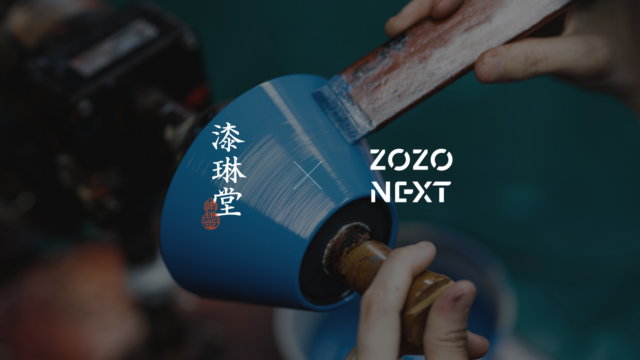

VOL.1-19
Update
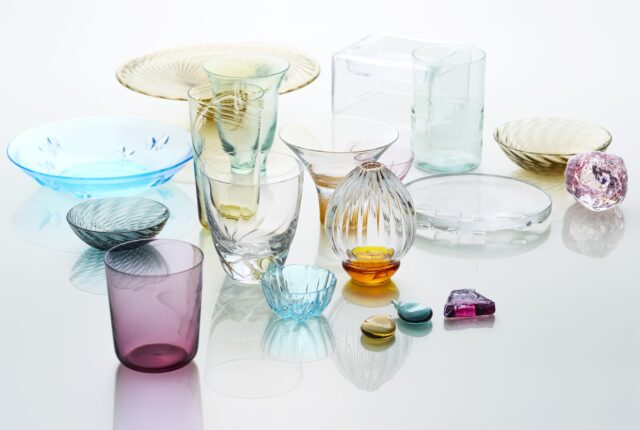
VOL.1-17
Update
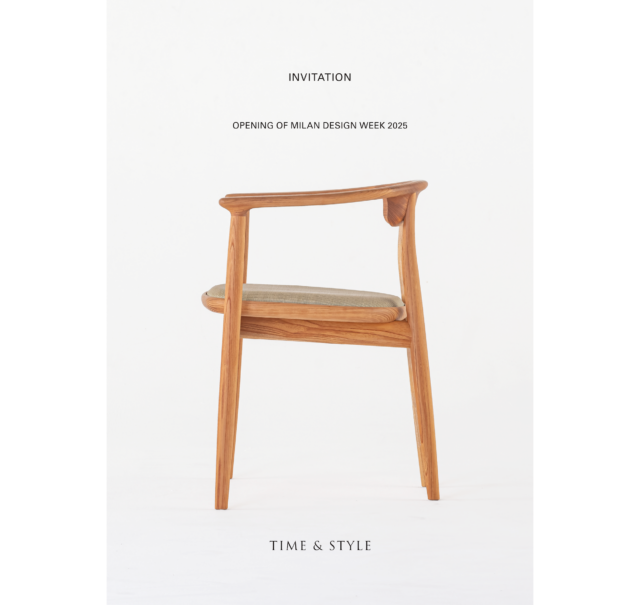
VOL.1-43
Update
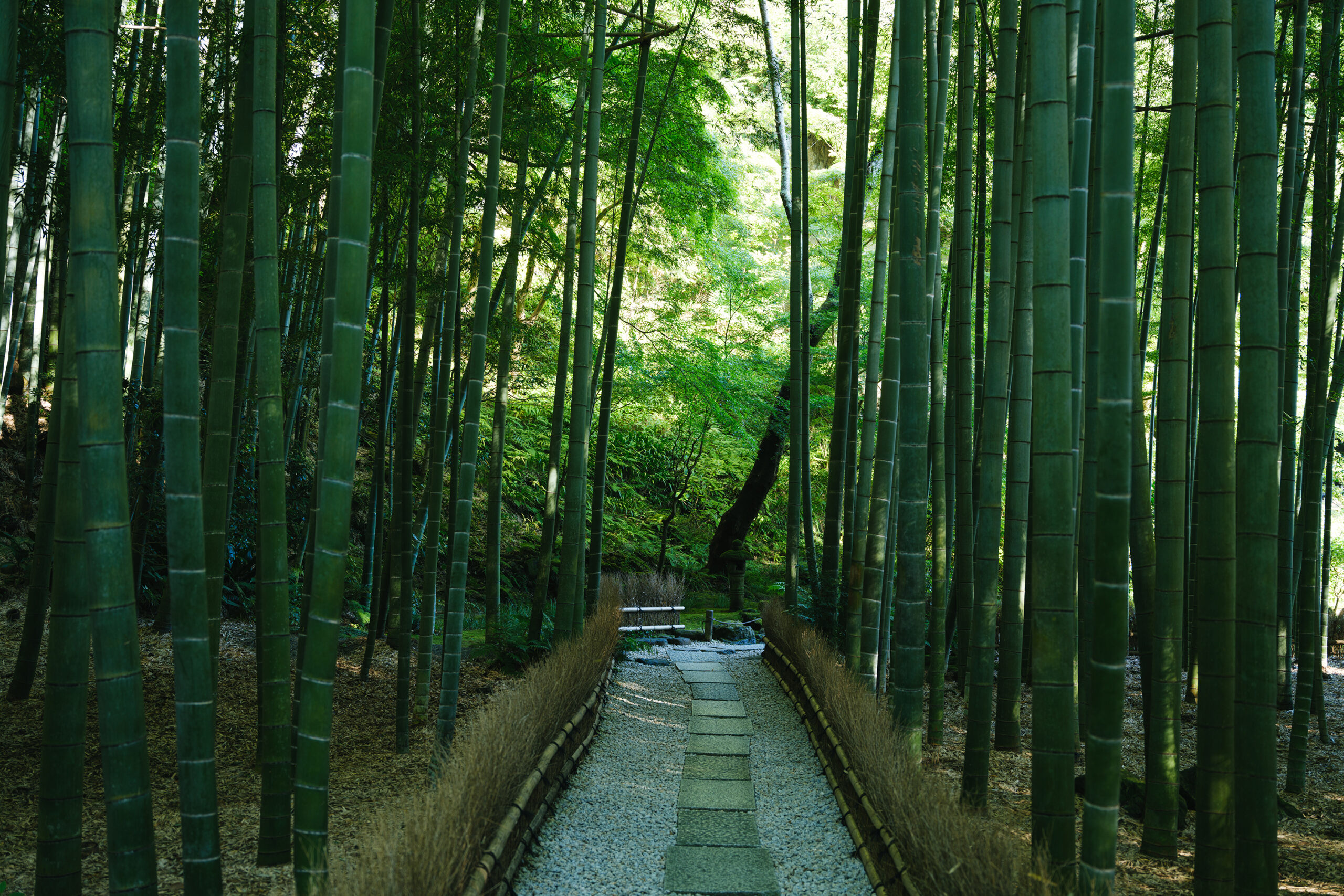
VOL.1-2
Update
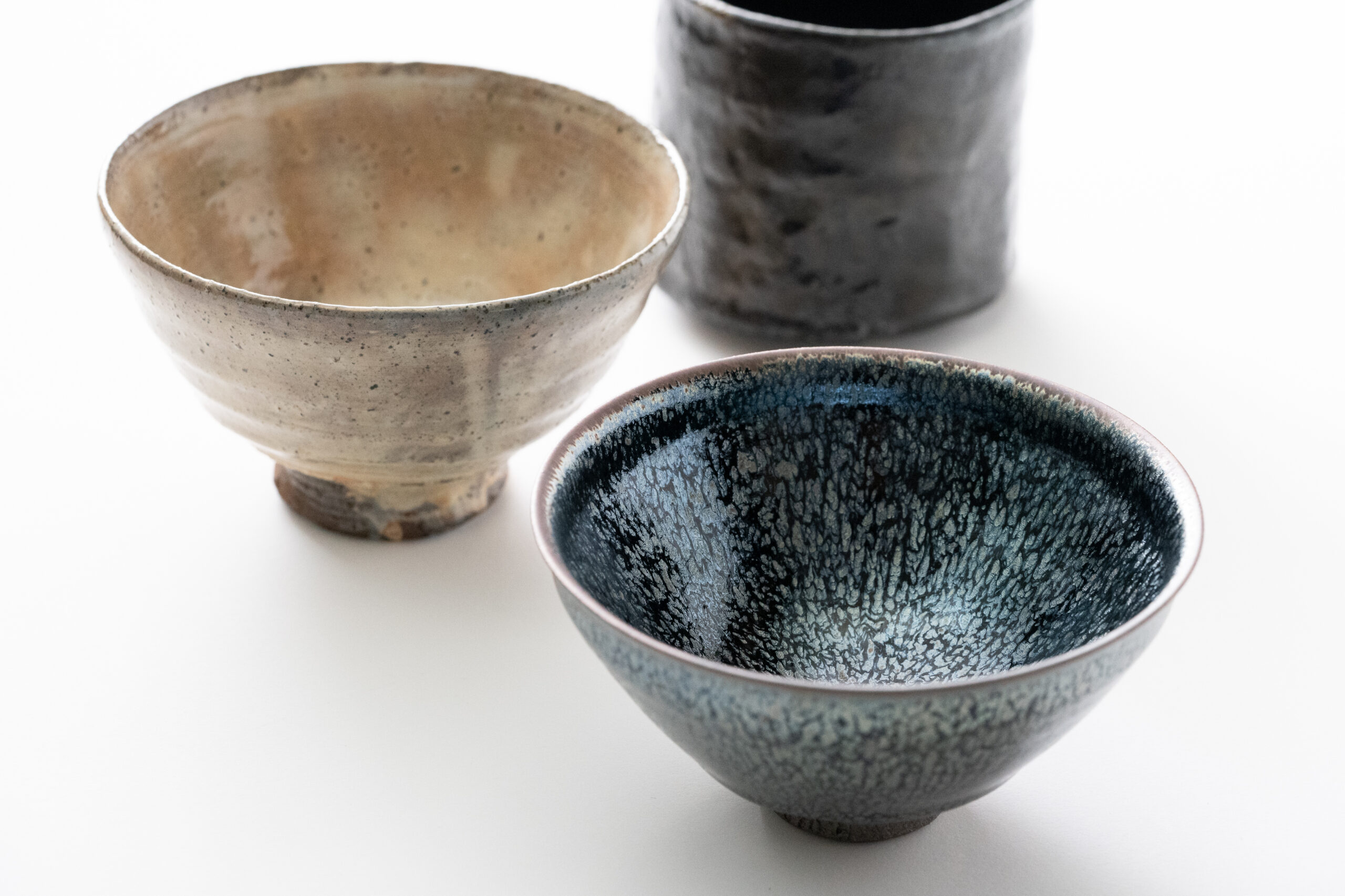
VOL.1-3
Update

VOL.1
Update

VOL.1-7
Update
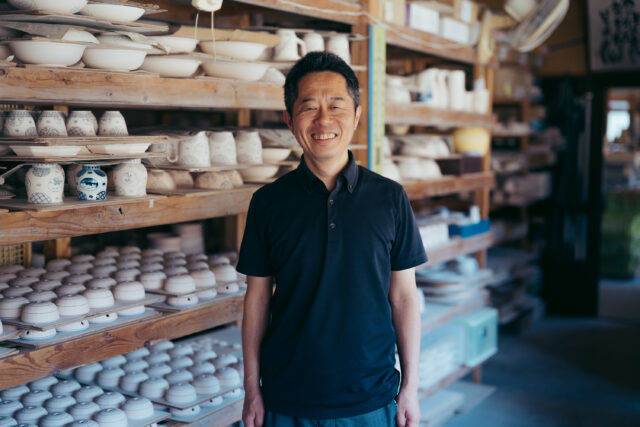
VOL.1-32
Update
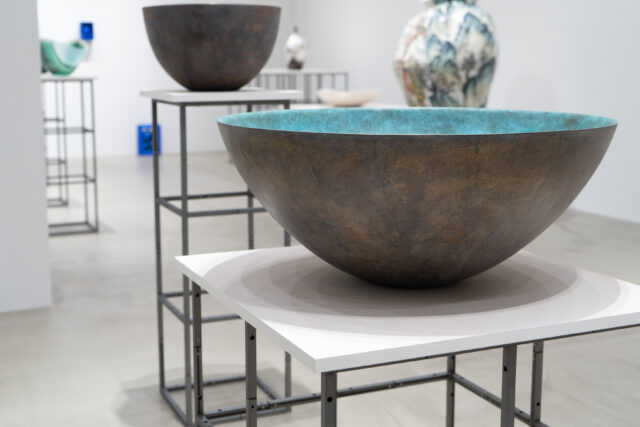
VOL.1-26
Update
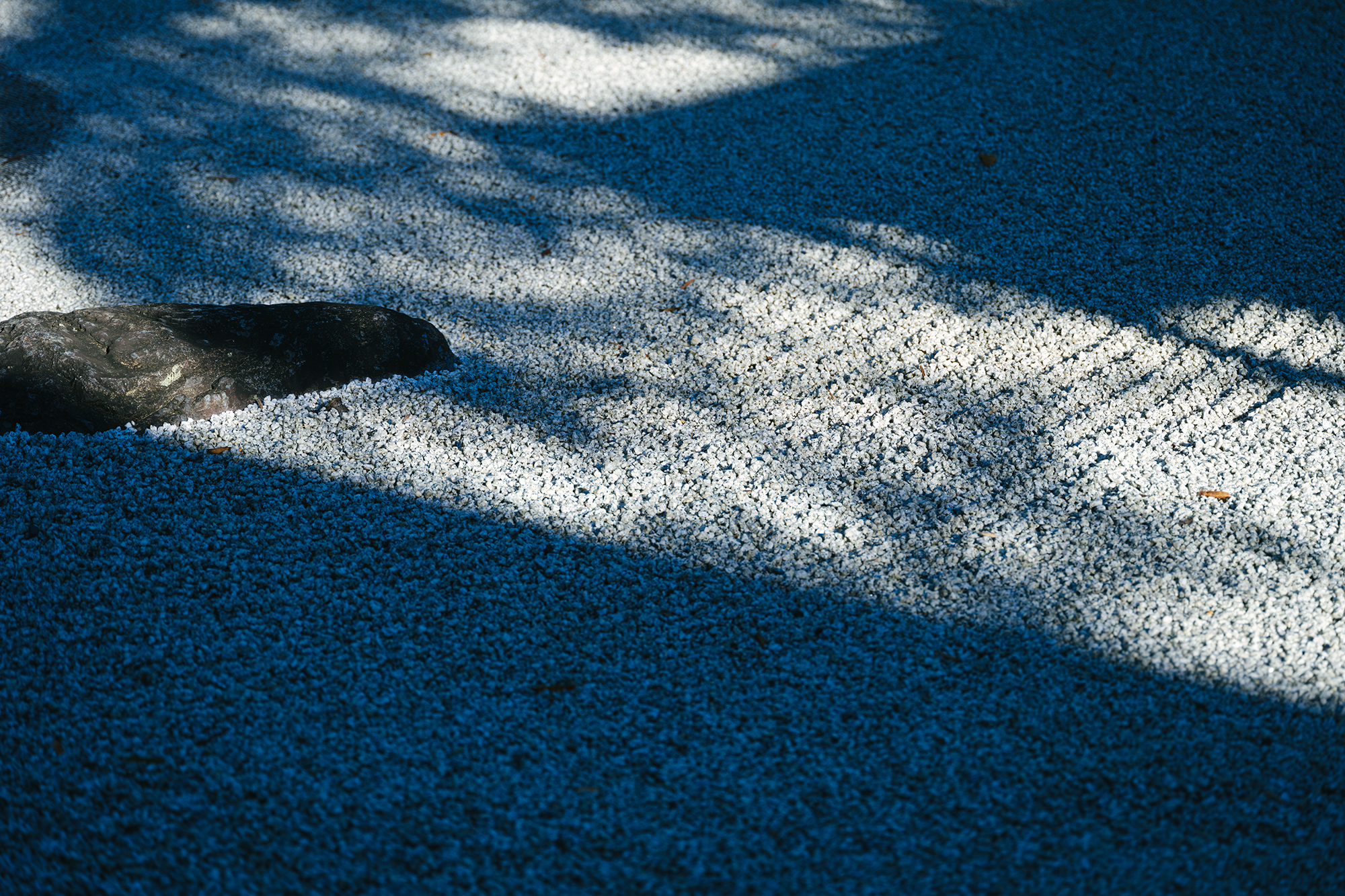
VOL.1-12
Update

VOL.1-3
Update
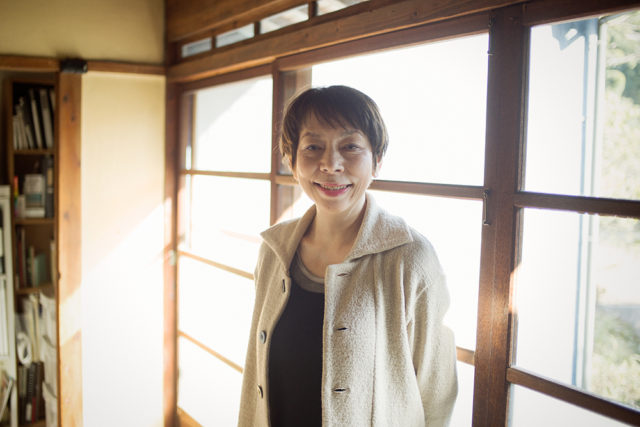
VOL.1
Update
We share a variety of information and perspectives on Japanese crafts, including exhibition information and interviews.
KOGEI Topics VOL.19
New Products VOL.17
Featured Exhibitions & Events VOL.43
KOGEI Topics VOL.18
Apr 5 – Jun 22, 2025
SEIKADO BUNKO ART MUSEUM
Apr 8 – May 6, 2025
The Gotoh Museum
Apr 11 – Jun 15, 2025
Kyoto City KYOCERA Museum of Art
Apr 12 – Jun 29, 2025
TOGURI MUSEUM OF ART
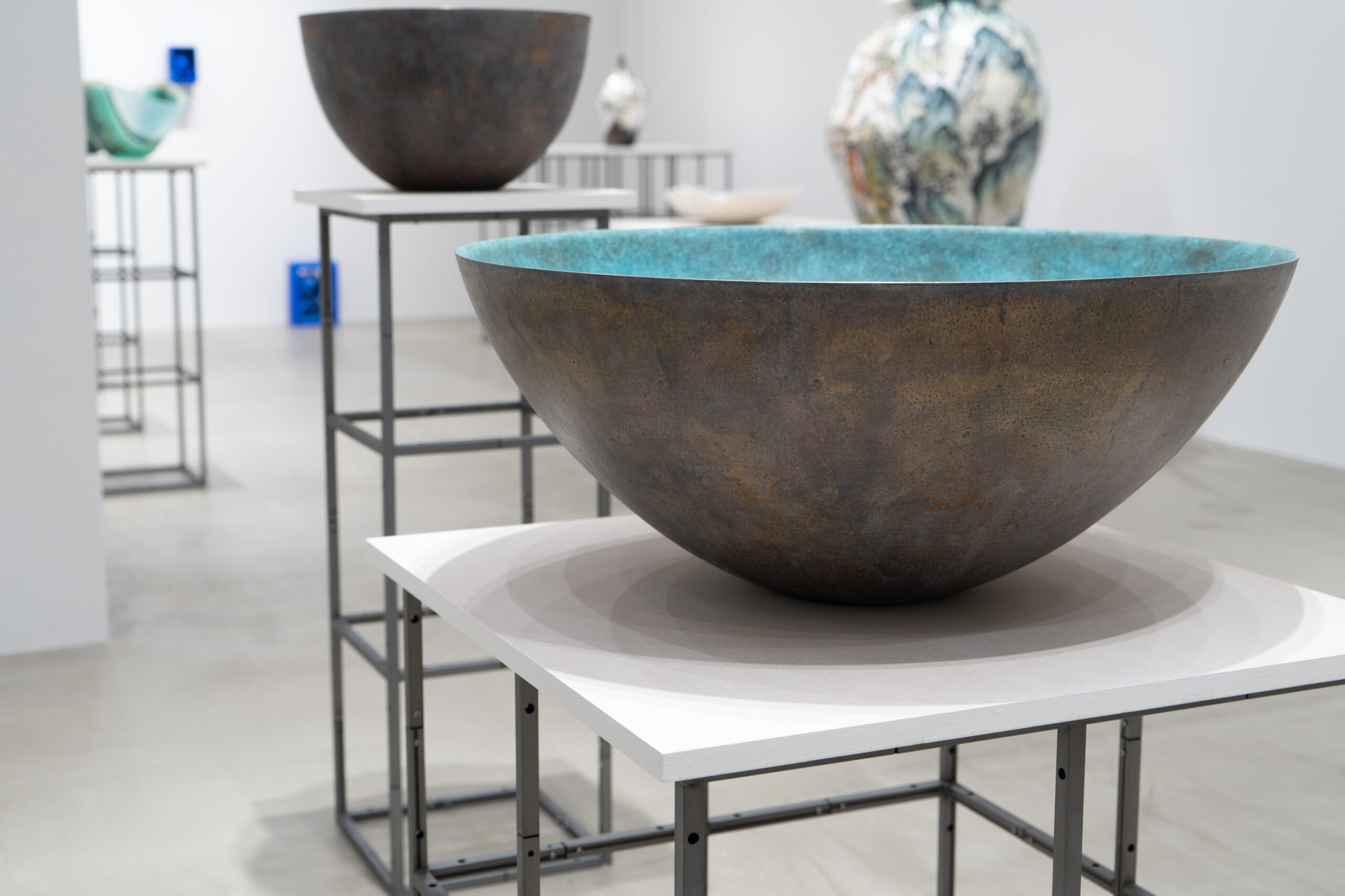
Looking over the spacious gallery, the flower vases particularly stood out. This was likely because the delicate texture of the clay and the complex hues enhanced the vitality of the plants, making them appear even more captivating. The simple and relaxed personality of the vessels gracefully complemented the flowers, allowing them to blend seamlessly into any setting.
Kenta’s ceramics retain a rustic and profound quality while displaying beautiful curves, balanced proportions, and a fresh, lively feel. His free and innovative sensibility may be attributed to the fact that he graduated from the Bunka Fashion College, where he enrolled in the tailored suit production program during his student days.
He emphasizes the fundamentals of craftsmanship, such as the habit of thinking about various factors and the importance of constantly honing one’s skills, which are common to both fashion and ceramics. He also expresses a fondness for African antiques and furniture designed by Poul Kjaerholm, Hans J. Wegner, Harry Bertoia, and others. The fact that his works feel at home in any place, whether Japanese or Western, may be attributed to his flexibility and broad perspective.
Karatsu ware, which flourished with the help of potters from the Korean Peninsula, is considered the first ceramic in Japan to be decorated with pigments. It has a history of accepting change and embracing challenges. When asked about the charm of Karatsu ware, Kenta mentioned the sense of openness and the playful yet dynamic aspects that pervade the style. Though ceramic making involves various stages such as wheel throwing, painting, and glazing, each step is approached as a one-shot deal, with minimal intervention required.
